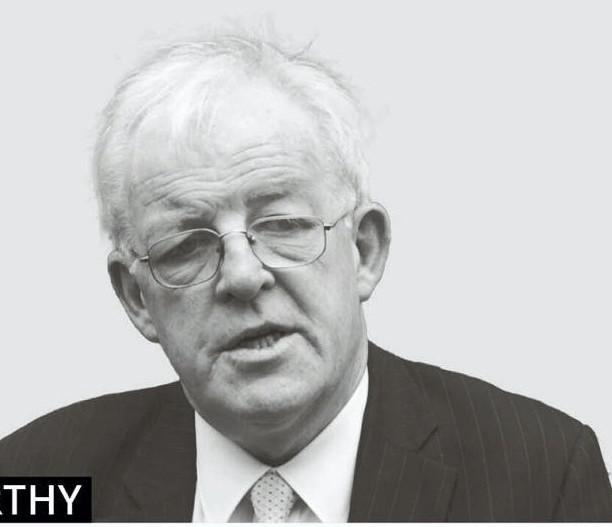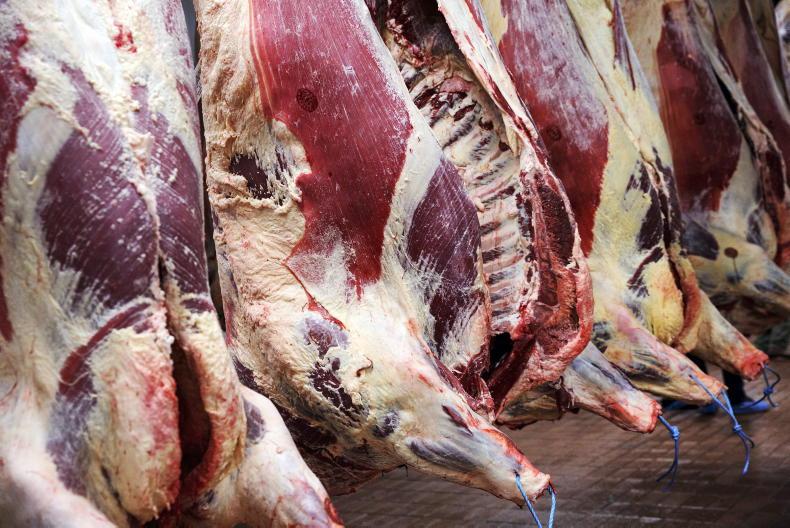Last week’s decision from the European Central Bank (ECB) to raise interest rates by half a percentage point was accompanied by a warning from president Christine Lagarde that there could be many more such hikes to come next year.
Last week, the Bank of England (BOE) also raised interest rates by half a percentage point. But that is pretty much where the similarity ends, with the outlook for the UK economy appearing grim for next year that the bank may not be able to increase rates much higher.
As we have seen over the past few weeks, the exceptionally high inflation in the UK this year has led to widespread strikes as workers seek large pay rises.
These domestic challenges, coupled with the global growth headwinds faced by everyone, put the UK and the BOE under more pressure than either the ECB or the Federal Reserve faces.
Should the BOE slow its policy tightening, or fail to get control of inflation, the value of the pound sterling will fall against both the euro and the dollar.
We saw in October of this year how quickly a move in the currency can occur when sterling briefly weakened to near parity with the euro.
While there has been a strong recovery since then, it seems likely that 2023 will bring further challenges for the UK currency, and with that, further challenges for Irish producers seeking to supply that market.
Last week’s decision from the European Central Bank (ECB) to raise interest rates by half a percentage point was accompanied by a warning from president Christine Lagarde that there could be many more such hikes to come next year.
Last week, the Bank of England (BOE) also raised interest rates by half a percentage point. But that is pretty much where the similarity ends, with the outlook for the UK economy appearing grim for next year that the bank may not be able to increase rates much higher.
As we have seen over the past few weeks, the exceptionally high inflation in the UK this year has led to widespread strikes as workers seek large pay rises.
These domestic challenges, coupled with the global growth headwinds faced by everyone, put the UK and the BOE under more pressure than either the ECB or the Federal Reserve faces.
Should the BOE slow its policy tightening, or fail to get control of inflation, the value of the pound sterling will fall against both the euro and the dollar.
We saw in October of this year how quickly a move in the currency can occur when sterling briefly weakened to near parity with the euro.
While there has been a strong recovery since then, it seems likely that 2023 will bring further challenges for the UK currency, and with that, further challenges for Irish producers seeking to supply that market.









SHARING OPTIONS